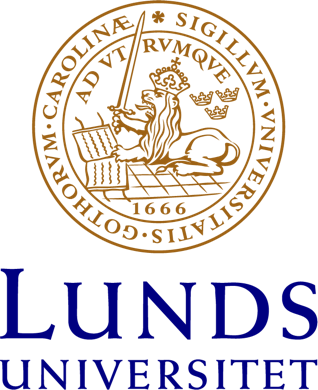Material decomposition using a photon counting X-ray detector in low energy range
Fotoner som penetrerar ett material har olika sannolikheter att växelverka och därmed överföra sin energi och absorberas i materialet eller få en riktningsförändring. Denna sannolikhet för fotonen att absorberas eller spridas anges ofta per längdenhet och kallas för attenuering. Sannolikheten för attenuering i ett material ökar med sjunkande fotonenergi och om materialet består av ett högre atomnuMaterial decomposition in X-ray imaging is used to separate different materials or elements in an image and to quantify their respective concentration. The material decomposition and quantification are made possible by the dependency of attenuation on the attenuating material and photon energy. The purpose of this thesis was to implement a material decomposition method, from the image acquisition
